Instagram's female gaze
With the female gaze, we consider what women see, what they are celebrating, what they are invested in and concerned about
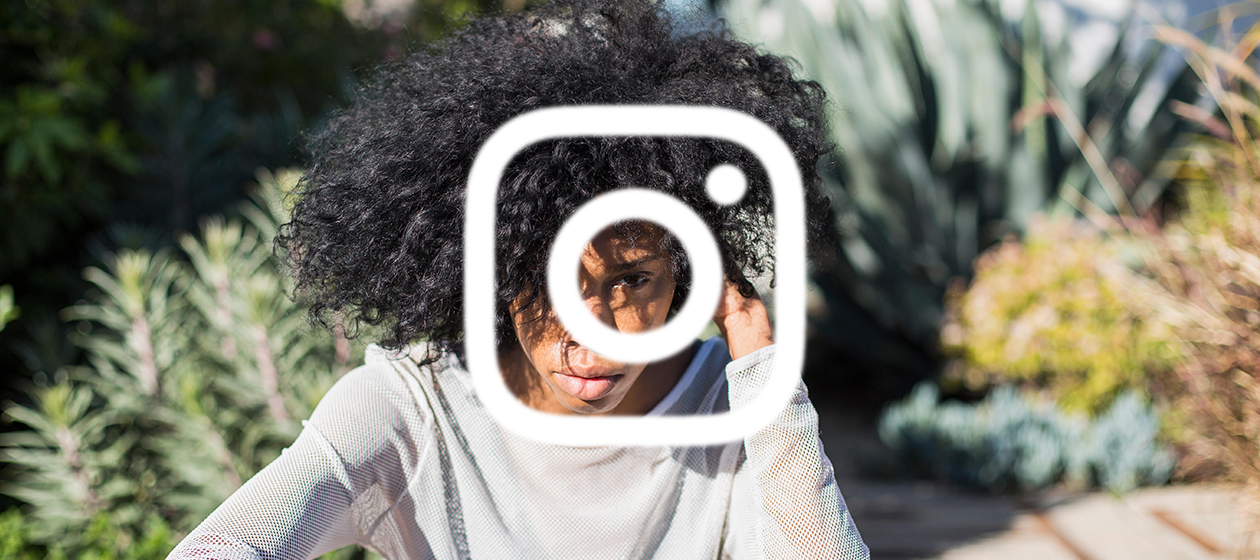

To live as a woman is to be swarmed by messages of how you should perform identity, sexuality, and beauty. You're probably doing it wrong, and you'll be told so via headlines, bad big-budget movies, and the many total strangers who create memes online.
What we less often explore, however, are the celebrations of womanhood: the female gaze.
The female gaze is what results when we take the more ubiquitous "male gaze" — a term coined by British film theorist Laura Mulvey 43 years ago to explain the objectification of women by literally making them the target of a man's eyes — and turn it on its head. With the female gaze, we consider what women see, what or whom they are attracted to, what they are invested in and concerned about.
The Week
Escape your echo chamber. Get the facts behind the news, plus analysis from multiple perspectives.

Sign up for The Week's Free Newsletters
From our morning news briefing to a weekly Good News Newsletter, get the best of The Week delivered directly to your inbox.
From our morning news briefing to a weekly Good News Newsletter, get the best of The Week delivered directly to your inbox.
This lens, while decidedly less mainstream than its male counterpart, is undeniably powerful. The female gaze is a flashpoint of the internet, where women's mere existence often incites abuse from anonymous commenters. But it thrives in an unexpected place: Instagram.
Instagram, a social network predicated on users' desire to judge aesthetics, has emerged as the most effective platform for women to safely celebrate, well, women. The accounts of anyone from superstar Cardi B to a regular person with excellent taste in film can be a respite from the hellscape of daily news or ideals shopped by corporate feminism. A woman's Instagram feed can be a personally curated gallery, whether she's wallpapering her account with selfies, affirming pop culture, or identifying with the memes of a 15-year-old "moodboarder" in Saudi Arabia.
Finding angles now a days is hardA post shared by Cardi B Official IG (@iamcardib) on Apr 21, 2018 at 11:10pm PDT
As a platform, Instagram is surprisingly suited for authentic connection. Where Twitter is best used for quick quips that can be shared with a passive retweet, it's mostly a medium for people to share fleeting or iterative thoughts and then let them disappear into the feed. Meanwhile, Facebook battles devastating privacy concerns — not to mention a generally dwindling user base — and Snapchat is a haven for the youngest subset of users to livestream their lives, but not necessarily reckon thoughtfully with them.
On Instagram, though, a photo or video can be accentuated with as long, or short, of an explanation as its poster wants. And the accounts that feel the most subversive are the ones that use those tools to grab back. They respond to a society that protects the accused, commercializes social movements, attacks opinionated women, and devalues the lives and worth of people of color, people with disabilities, and other marginalized groups. In real life, women take extraordinary measures to hide their tampons from public view, and fat-shaming is rampant. On Instagram, @ladyist can post menstrual pads, and @barbienox can unabashedly describe herself in her bio as a "FAT MODEL AT LARGE."
A free daily email with the biggest news stories of the day – and the best features from TheWeek.com
did someone say fashion weekA post shared by barbie ferreira (@barbienox) on Feb 8, 2018 at 3:29pm PST
This is not a blind endorsement of Instagram. It does contribute to insidious phenomena, like "beauty-standard denialism." (I, like many people, have temporarily deleted the app.) But women's ability to portray themselves is still radical. As #MeToo and #TimesUp have spotlighted long-ingrained cultures of abuse and harassment, they've also renewed scrutiny over the legacy of art by bad men. The damage done by the male gaze has long gone unchallenged, or at least without a real, consequential reckoning.
The beauty of Instagram — for all its escapist promise, global reach, and pockets of creativity — can be boiled down to control. In a moment of lower tolerance for male depictions of the female experience, accounts on Instagram can fill the gap. For example, the account @girlgaze, founded in 2016, quickly amassed over 100,000 followers and has since published a book. The page grew out of the hashtag #girlgaze, designed to elevate photography of girls and young women around the world and ideally create opportunities for paid work.
Girlgaze focuses on contemporary issues, from politics to mental health, through the perspective of girls and young women around the world. Some posts you might expect to see: belly rolls, niqabs, or a portrait of an unsmiling musician, squatting in a purple puff-sleeved dress, red crew socks, and loafers.
Soko for the cover of @regiamag by @loganwhitephoto @sokothecat #girlgazeA post shared by #girlgaze (@girlgaze) on Jan 29, 2018 at 1:38pm PST
"If I see images throughout my day that make me feel seen, that make me feel a part of something," says Girlgaze's Los Angeles-based director of community, Lauren Kruz, "that's a more curated experience on social media that I can create for myself, that in media and marketing I don't see."
As society re-evaluates masculine entitlement, the female gaze is sharpening. And Instagram's cultivation of bold expression by women is crucial to combating a testosterone-soaked world. As the American artist Judy Chicago recently told The Cut: "The problem is that masculine imagery is more prevalent than feminine, which means women are subjected to the brutalities of the male psyche, while men are not subjected to the counterpart."
Women online, like in the zines and newsletters and salons in decades past, have long created "safe spaces," but they are often private and temporary. On Instagram, the collaboration and communication is often public — and it thrives. Even privately, women can build a collection of desirable scenes, settings, and products. Either way, Instagram allows subsets of women to gather, connect, and share their stories.
The account @h_e_r_s_t_o_r_y has become a widely beloved space for queer and lesbian culture, and sister account @herstorypersonals is helping women fall in love. The account @arthoecollective portrays largely young women of color and promotes events, including poetry slams and gallery shows. The account @femalecollective posts lots of text and internet ephemera, giving some fuller background on famous dead women who may have been sanitized in public memory.
It's a flip of the script here that's key. From lifestyle bloggers to art curators to celebrities, these women aren't on Instagram to be looked at or evaluated by men.
The women of Instagram convene via double-taps, tags, and private DMs. Tagging your best friend in a post of Miranda Hobbes eating a muffin, knowing the prevalence of highly disordered eating, is escapism and easy bonding at its finest. It means: I'm thinking about you, and I hope we can both see this together. Also, we are Miranda.
Of course, Instagram isn't free from the haters and trolls that plague the internet at large. These toxic users have run off some beloved accounts like @hillarylooks and @merkellooks, both of which were once operated by a Los Angeles-based librarian as freewheeling, fun parodies of women in politics after the 2016 election.
But the force that women bring to Instgram stays defiantly strong. Recently, the hip-hip artist Lizzo posted a screenshot of a tweet from a man insulting her while still expressing his sexual interest. "Fat but i wud hit it tho lol," the man wrote. Lizzo's caption: "100k likes and I'll let him hit. 5k comments and I'll hit him."
So far, the post has amassed less than 17,000 likes — but it has earned more than 5,000 comments.
Natalie Daher is a writer, reporter, and journalist based in New York who's appeared on The Daily Beast, Longreads, Racked, Lapham's Quarterly, CNBC, and City Lab. She co-authors a newsletter called Clipped about women's media.
-
 Will Trump’s $12 billion bailout solve the farm crisis?
Will Trump’s $12 billion bailout solve the farm crisis?Today’s Big Question Agriculture sector says it wants trade, not aid
-
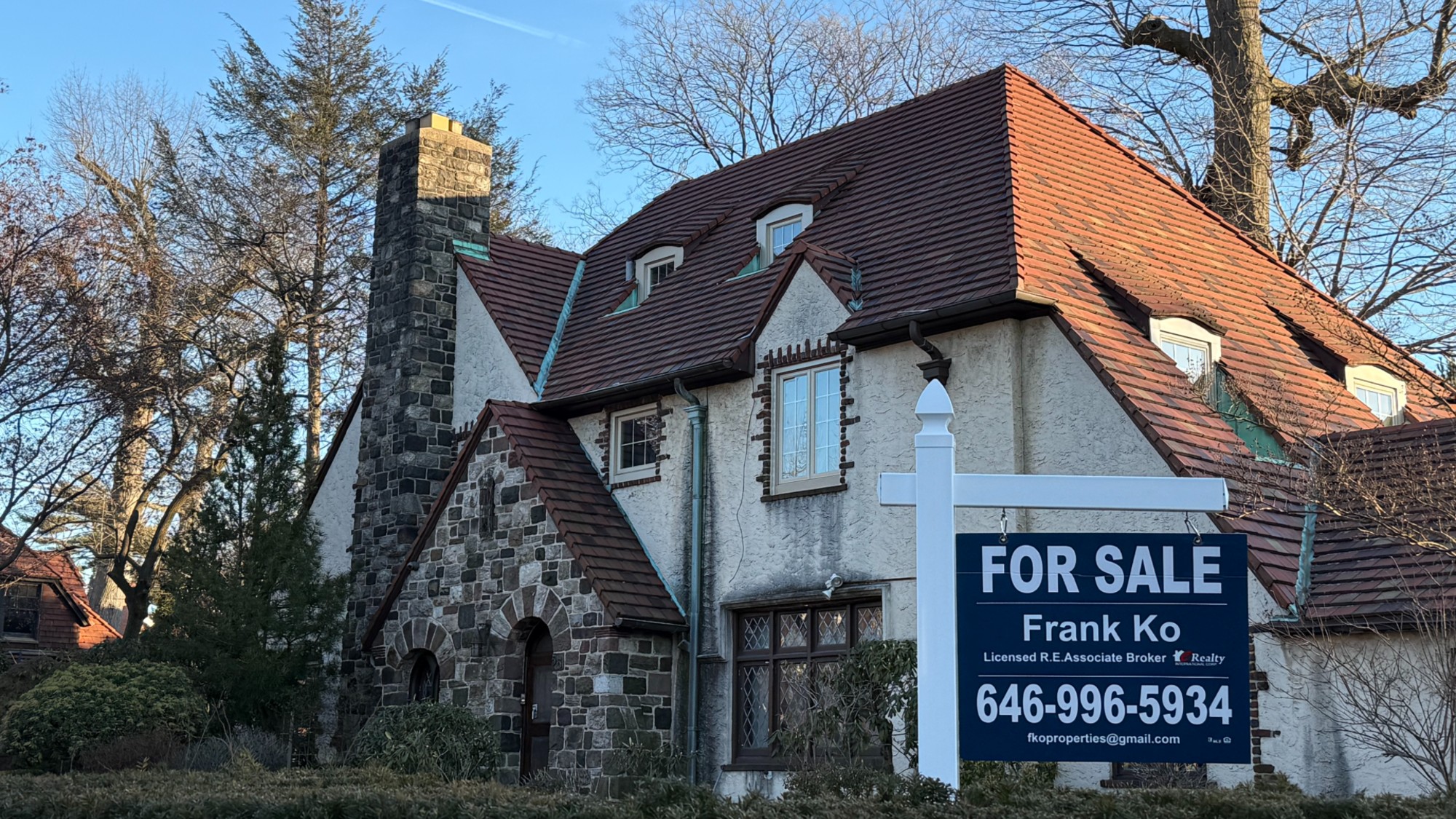 ‘City leaders must recognize its residents as part of its lifeblood’
‘City leaders must recognize its residents as part of its lifeblood’Instant Opinion Opinion, comment and editorials of the day
-
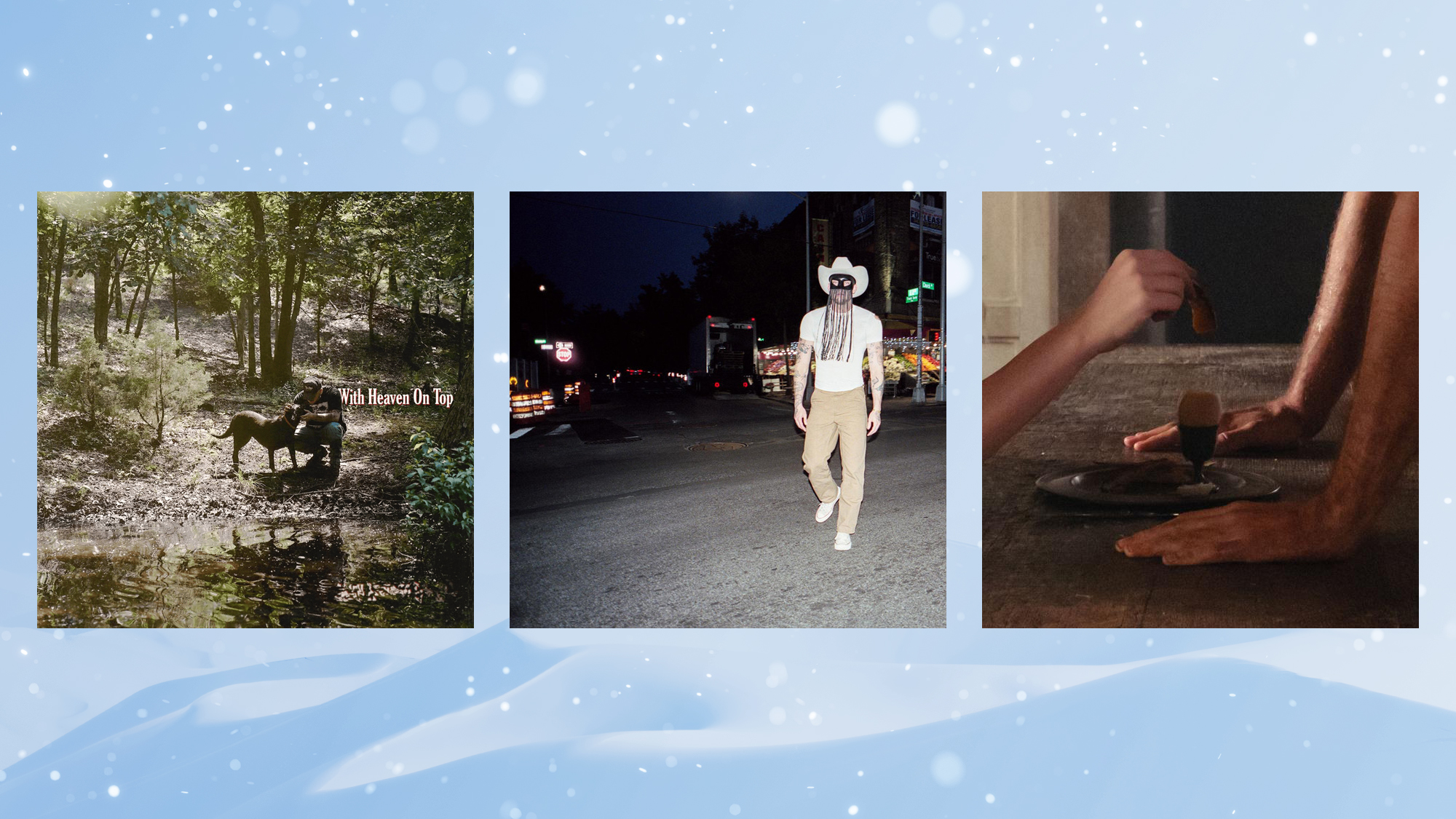 10 upcoming albums to stream during the winter chill
10 upcoming albums to stream during the winter chillThe Week Recommends As the calendar turns to 2026, check out some new music from your favorite artists
-
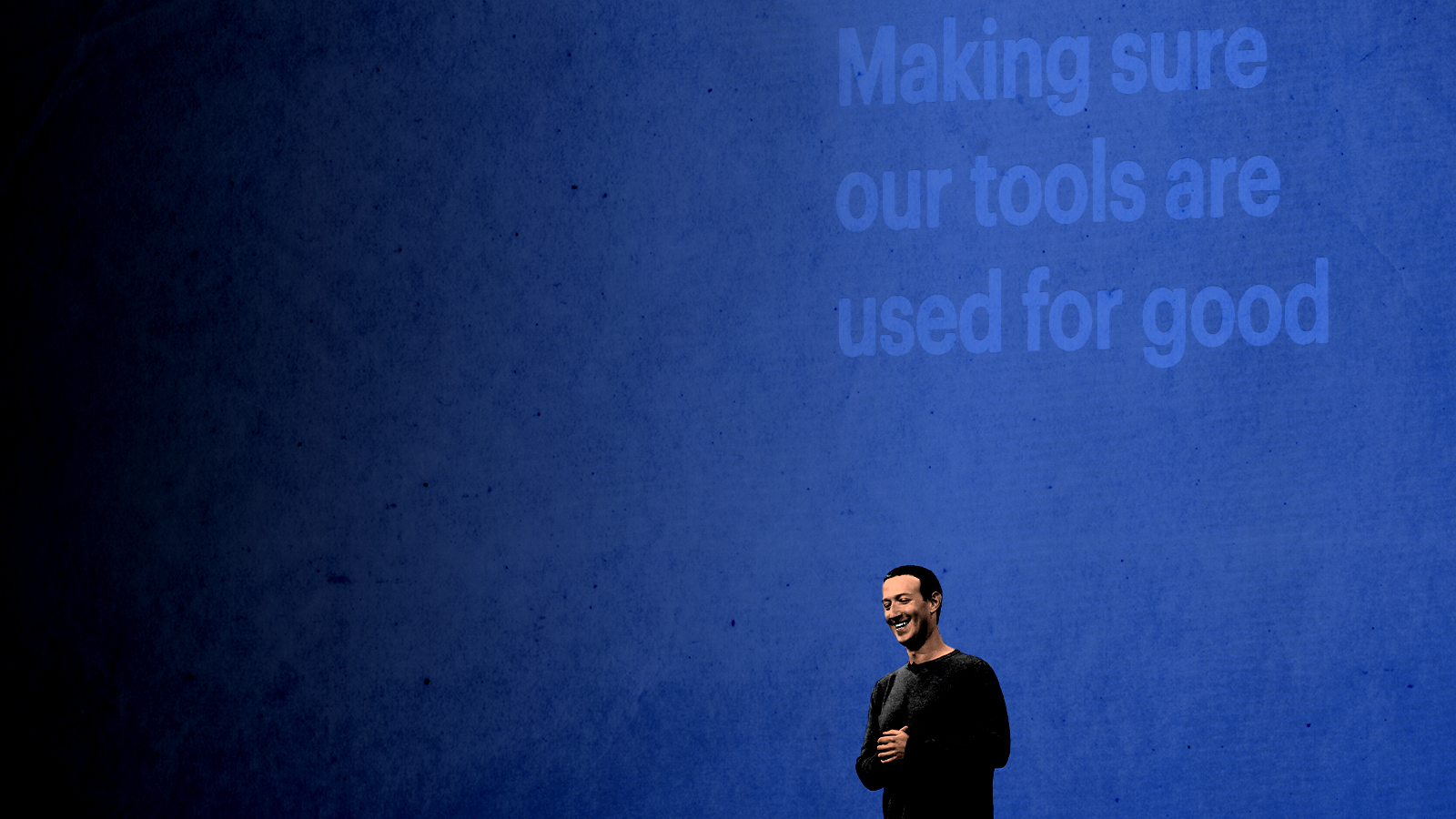 How do you solve a problem like Facebook?
How do you solve a problem like Facebook?The Explainer The social media giant is under intense scrutiny. But can it be reined in?
-
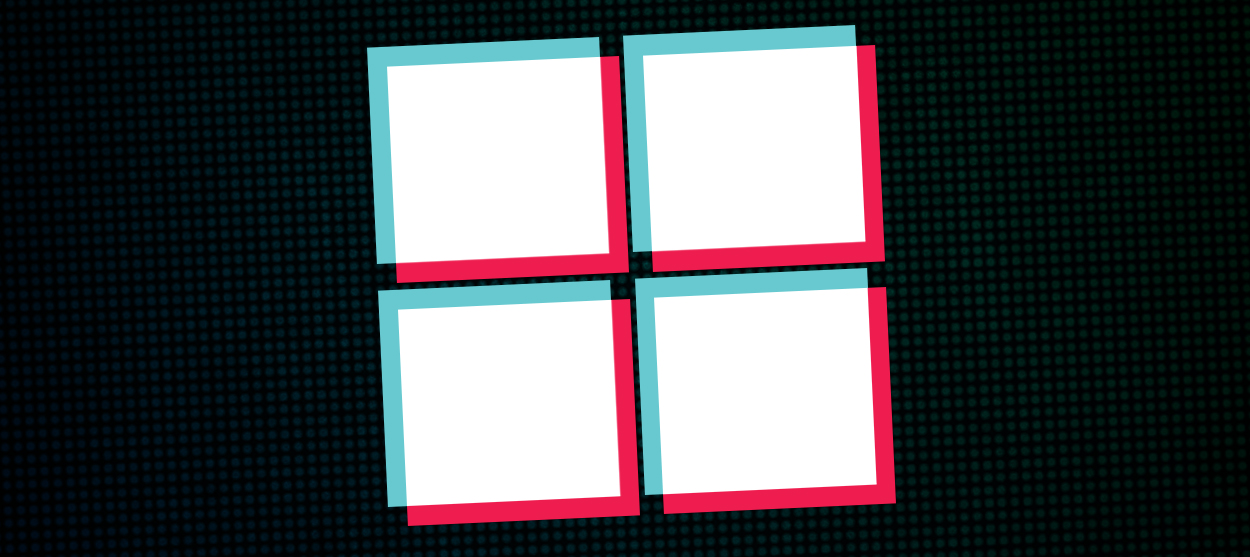 Microsoft's big bid for Gen Z
Microsoft's big bid for Gen ZThe Explainer Why the software giant wants to buy TikTok
-
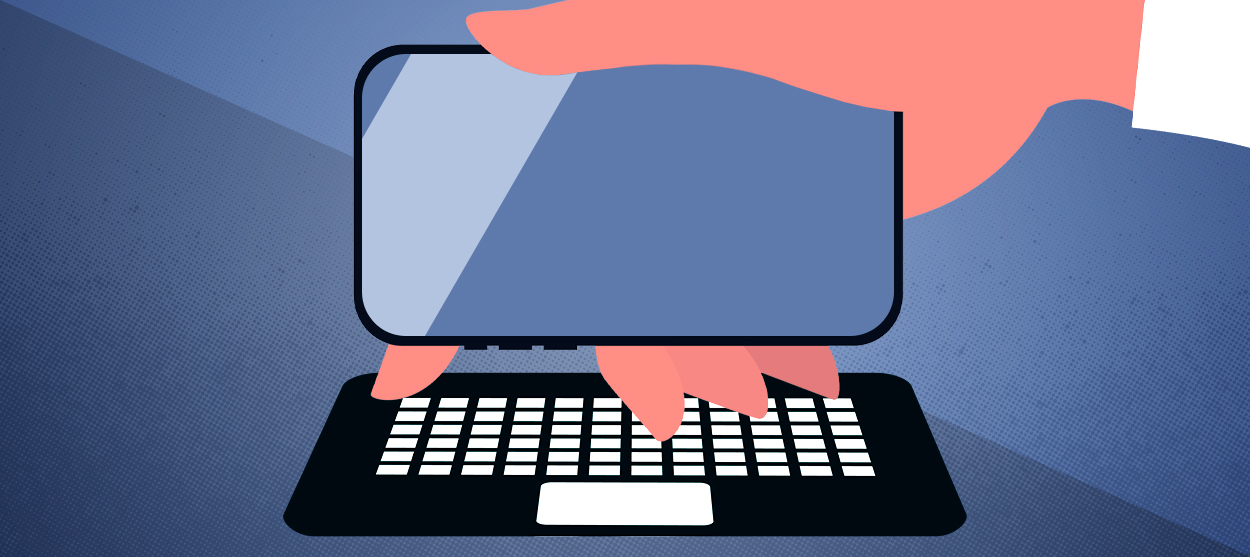 Apple is about to start making laptops a lot more like phones
Apple is about to start making laptops a lot more like phonesThe Explainer A whole new era in the world of Mac
-
Why are calendar apps so awful?
The Explainer Honestly it's a wonder we manage to schedule anything at all
-
 Tesla's stock price has skyrocketed. Is there a catch?
Tesla's stock price has skyrocketed. Is there a catch?The Explainer The oddball story behind the electric car company's rapid turnaround
-
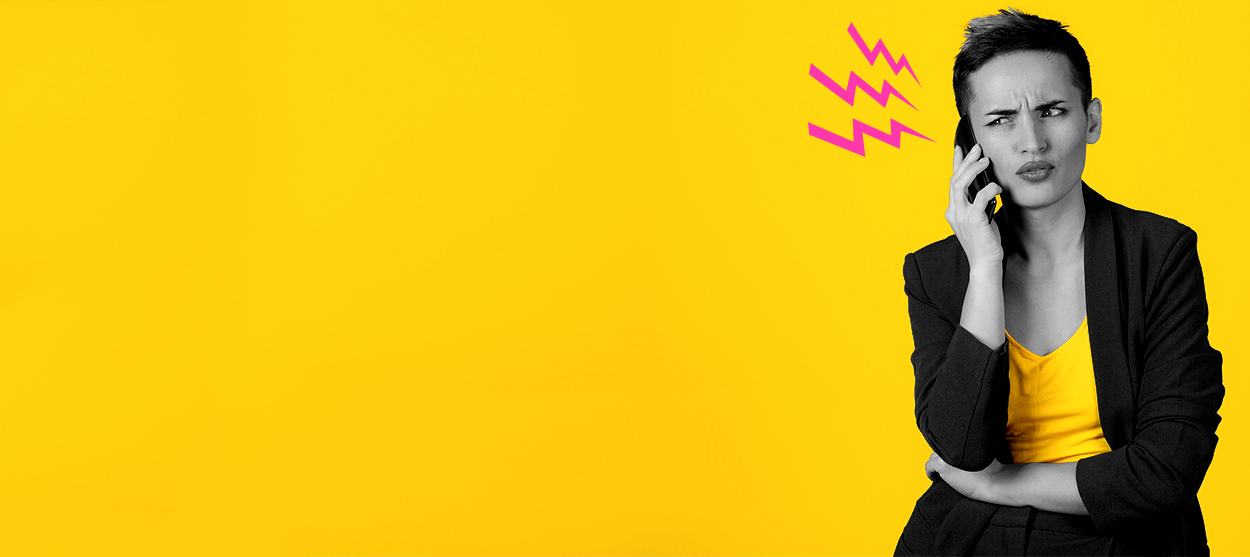 How robocalls became America's most prevalent crime
How robocalls became America's most prevalent crimeThe Explainer Today, half of all phone calls are automated scams. Here's everything you need to know.
-
 Google's uncertain future
Google's uncertain futureThe Explainer As Larry Page and Sergey Brin officially step down, the company is at a crossroads
-
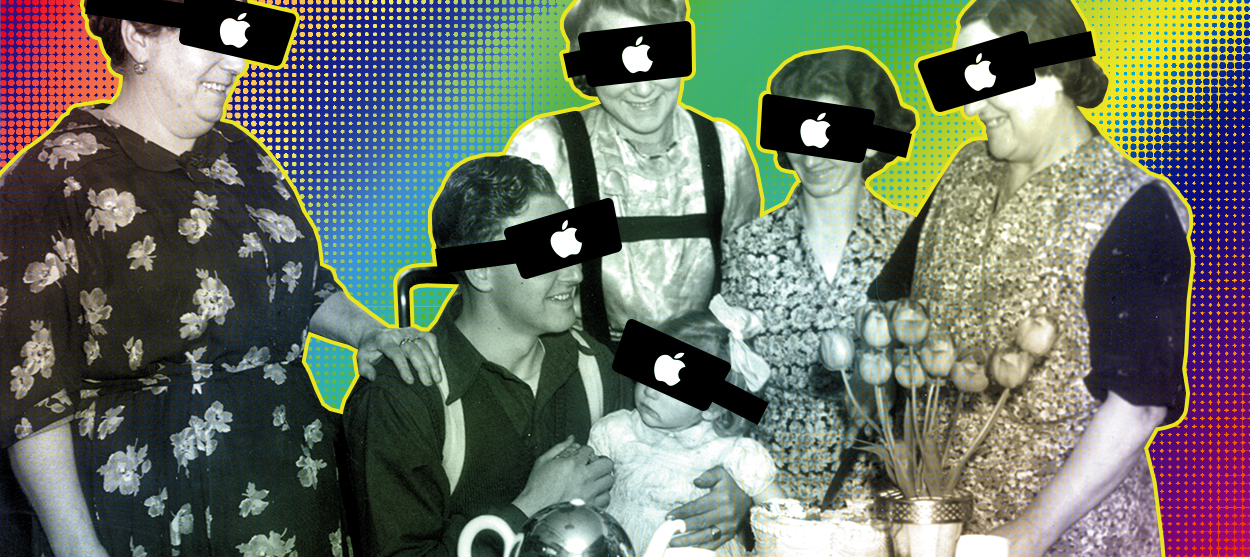 Can Apple make VR mainstream?
Can Apple make VR mainstream?The Explainer What to think of the company's foray into augmented reality
